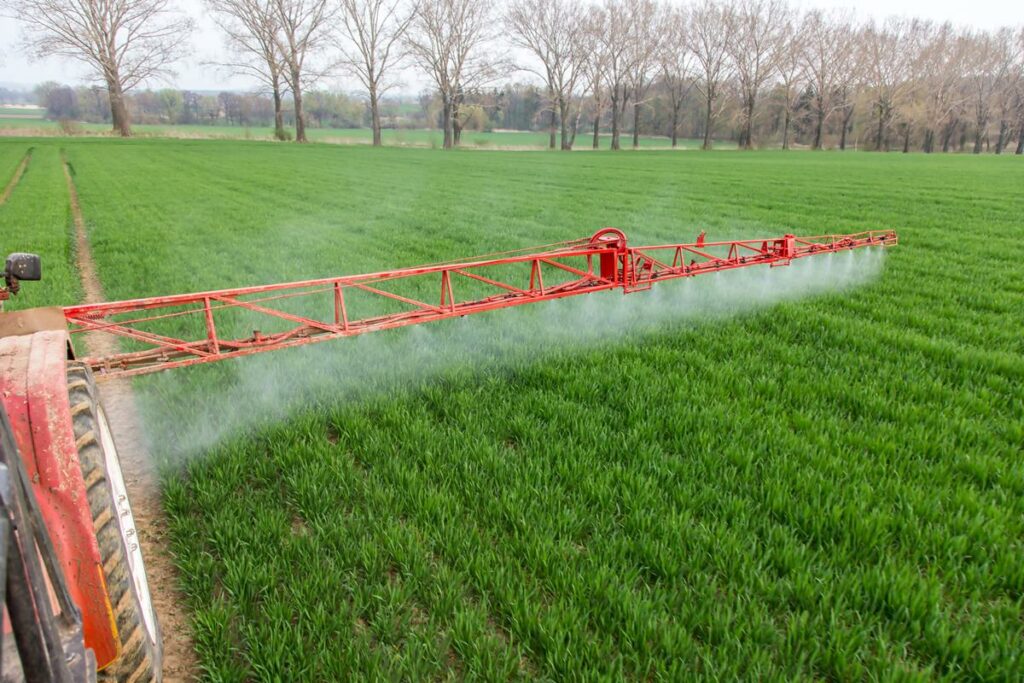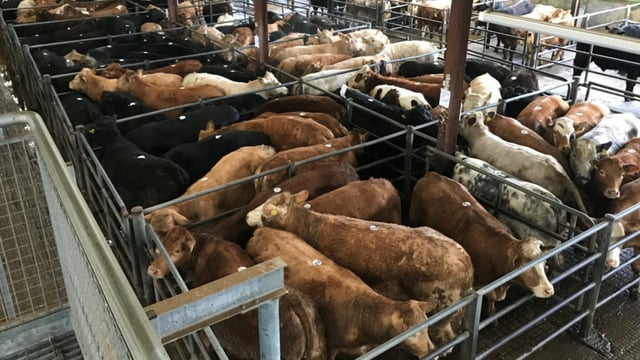Dealing with annual meadow grass and BYDV in autumn cereal crops
Teagasc tillage specialists point out that an autumn herbicide application is the most reliable way to control annual meadow grass (AMG) in winter wheat and barley.
In essence, applying residual herbicides up to the early tillering stage of the AMG offers the best chance of success.
However, control becomes less effective as the AMG starts to tiller.
Post-emergence spring options used in wheat are not as reliable as before, as AMG is showing resistance to some herbicides.
This trend has been identified in recent herbicide-resistance testing carried out by Teagasc research scientists.
Where a pre-emergence herbicide has not been used, a broad-acting herbicide should be applied early post-emergence.
Herbicide selection should be based on field history, as there are very few mixes available that cover a complete range of weeds, according to Teagasc.
Priority should be given to the most competitive weeds, e.g., AMG, cleavers, sterile brome, charlock, chickweed, and wild oats.
Growers should be aware of herbicide resistance and take steps to minimise the risk of it on their farms.
Most cases of resistance occur in situations where herbicides with the same mode of action have been used repeatedly in the same field.
It’s important to note that herbicides should always be used at full label application rates.
BYDV
Meanwhile, Barley Yellow Dwarf Virus (BYDV) continues to pose significant challenges for the Irish tillage sector.
Findings from recent Teagasc experiments on early planting of winter barley indicate that early sowing increases BYDV risk.
Moreover, later sowing gives a similar or better yield than early sowing where BYDV is a risk, according to the researchers.
It has also been shown that a tolerant variety reduces the risk of yield loss to BYDV when sown early where BYDV is present .
Other important factors to consider when assessing BYDV risk are mild weather and whether a ‘green bridge’ is present or not - volunteer cereals and grasses are host species for the grain aphid.
This has been an issue for some growers who had short-term cover crops planted ahead of winter barley this season.
Insecticide
According to Teagasc tillage specialists, insecticide application should be targeted.
Cereal crops emerging in November are at a much lower risk of BYDV than crops that emerged in October.
Growers should check if aphids are present in their crop. Headlands should be the starting point for these inspections, as aphids are three times more likely to land near these locations than further out in the field.
If required, an aphicide should be applied when crops are at the two to three leaf stage.
Multiple applications of pyrethroids should be avoided to prevent the development of full resistance.






